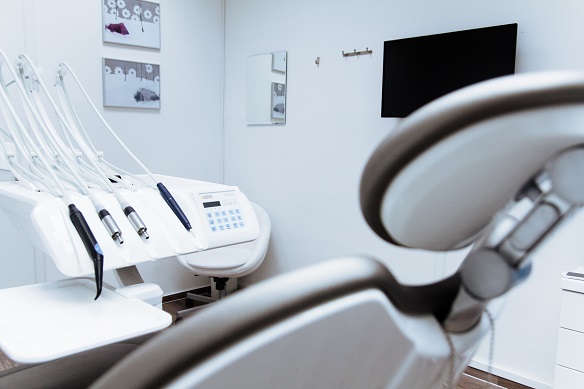Gum disease and tooth decay can cause cancer, Alzheimer’s and diabetes, among other diseases.
Periodontitis is an inflammatory disease that breaks down the gum tissue supporting the teeth. Common symptoms include gums that bleed easily, painful brushing and bad breath, among many others. According to the Centers for Disease Control and Prevention (CDC), periodontal disease and tooth decay are the “two biggest threats to dental health.” Periodontitis is “more common in men than women (56.4% vs 38.4%), those living below the federal poverty level (65.4%), those with less than a high school education (66.9%), and current smokers (64.2%).” Excessive alcohol consumption is also a risk factor. Although highly preventable with good dental hygiene (i.e., brushing twice daily and flossing in between teeth), research now shows the disease is associated with with major chronic secondary disorders, including heart disease, type 2 diabetes, rheumatoid arthritis, inflammatory bowel syndrome, Alzheimer’s, nonalcoholic fatty liver disease, and certain types of cancer, including oral cavity, head and neck, esophagus, stomach, liver, colon, uterine cervix, bladder, and lung cancer as well as ovarian cancer.

In the medical realm, periodontitis is considered to be a “multifactorial chronic inflammatory disease that includes an imbalanced interaction between the local microbiome and the inflammatory response of the host” (also known as dysbiosis). This imbalance causes periodontal tissue, as well as bone, loss.
A progressive disease, before a patient has developed full-blown periodontitis, a dentist will notice gingivitis at a checkup, which is the earliest stage. At this stage, the gums typically become swollen and red and may bleed, especially after brushing, flossing or eating. As periodontitis progresses, the gums can pull away from teeth, bone loss may occur, and teeth may shift, loosen or fall out. Periodontal disease is mostly seen in adults (especially the elderly) but can also occur in children and adolescents.
Several epidemiologic studies have previously indicated there might be an association between periodontitis and Alzheimer’s disease. A recent large retrospective cohort study linked markers of periodontitis with Alzheimer’s and mortality. One of the markers consistent in both diseases is the presence of periodontal pathogens in the brain. This link is supported by evidence of Porphyromonas gingivalis, a pathogenic bacterium, that can cause secondary disorders.
Periodontal disease is common in individuals with diabetes and is considered a complication of the disease. Those with diabetes typically have issues with their teeth and extremities, in general. Hyperglycemia (high blood sugar) affects oral health and periodontitis affects glycemic control. Other research has shown that there is an association between periodontal disease and increased risk for diabetic complications. For example, a 2018 systematic review found that periodontitis is associated with higher prevalence of prediabetes and that severe periodontitis is significantly associated with an increased risk of emerging diabetes.
The main takeaway is that oral health is extremely important and proper dental hygiene can keep periodontal complications at bay. Practitioners should do a thorough assessment of each patients’ mouth and provide education on how to minimize risk factors. Those who are at high risk of developing complex periodontal symptoms should work with their physician to come up with the best prevention plan.
Sources:
Periodontitis May Be Linked with Systemic Diseases
Periodontitis and oral cancer – current concepts of the etiopathogenesis


Join the conversation!